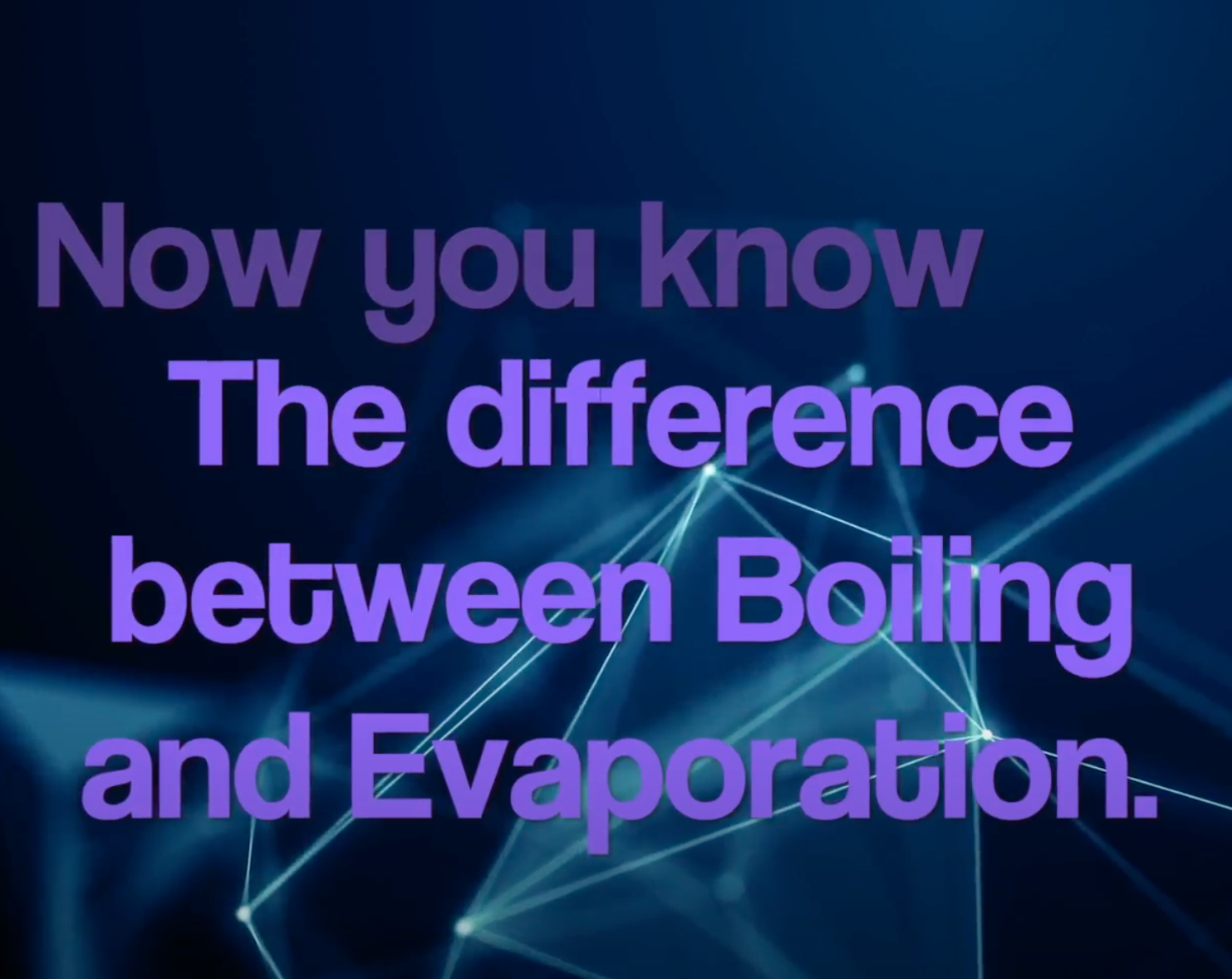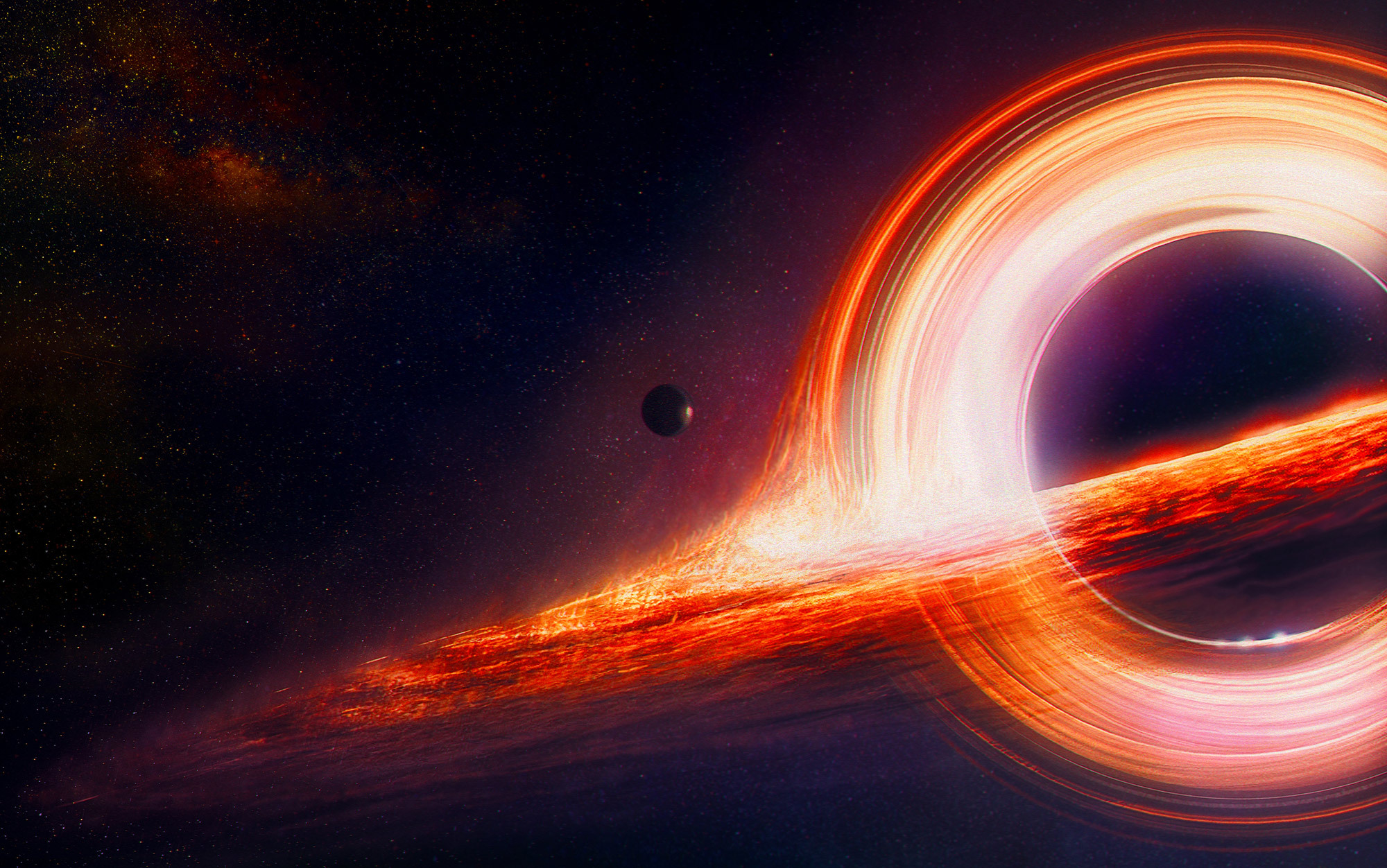By Artem Filatov, Year 12
In December, three students from Mr. Cameron’s year 9 science class, Aisha Van Dalen, Tanya Soltan, and Nina Connor, investigated and explored the differences between evaporation and boiling for a ULP project. After conducting their experiment, the students compiled a video, describing the core differences between the two reactions. The video can be found on the Secondary School Newsletter from the 10th of December, or here. While conducting the experiment, the students applied various micro-competences from the ULP.
The ULP (Universal Learning Program) was created at Ecolint in collaboration with UNESCO’s International Bureau of Education over the past few years. This program is a curriculum framework meant for students ranging from primary school all the way up to year 11 and can be used as a preparation for the International Baccalaureate Diploma Programme (IB). The point of ULP is to ensure that each student has a deep, conceptual understanding of their studies, which are assessed throughout their learning journey. The program is made in a way so that students can apply their knowledge and competencies in the world, and create social impact; essentially, it is designed for students to have a global education that will be relevant no matter what career path they choose to pursue
As the year 9s who did this project explained, while boiling and evaporation seem close, they’re actually two completely different reactions, varying in speed, required temperature, and much more. First of all, what’s important to understand is that evaporation does not require boiling to happen; in fact, we see this phenomenon almost every day without noticing it. Whether it is a random water spill on a desk or a puddle on the street after a rainy day, water will evaporate after some time without boiling.
When water evaporates, what actually happens is that water (or any other liquid’s) particles at the top build up energy. This energy allows them to break the liquid bonds and evaporate, turning into gas. As the liquid evaporates, the particles that are turned into gas take the energy with them, meaning the overall temperature of the liquid falls. This is also the reason why hot drinks, like tea or coffee, cool down after a while, without entirely evaporating. Lastly, as the particles at the top are the only ones evaporating, it takes a lot more time for liquids to evaporate completely, compared to boiling completely.
Boiling, on the other hand, is different from evaporation. First of all, it cannot happen by itself; boiling a liquid requires it to reach its boiling point. For water, that is 100 degrees Celsius, while for olive oil, it is 300 degrees Celsius. Another core difference between boiling and evaporation is the actual process that happens. When a liquid evaporates, only the top particles are gaining energy and turning themselves into gas, whereas boiling causes the majority (if not all) particles to turn into a gas state. This is also the reason you can see bubbles popping up from underneath, for example, when you boil water in a kettle, or cook pasta in a pot.

In summary, the year 9s learned that evaporation only affects the particles at the top of a liquid that have enough energy to break liquid bonds and turn into a gas. This is also the reason it takes so long for a liquid to evaporate, compared to boiling. Boiling, on the other hand, appears when the boiling point of a liquid is reached, and instead of only the top particles turning into gas, it turns the majority or all of the particles into gas. This project allowed them to understand everyday phenomena through the lens of science and create a video explaining it all, using various competencies in true ULP fashion.



